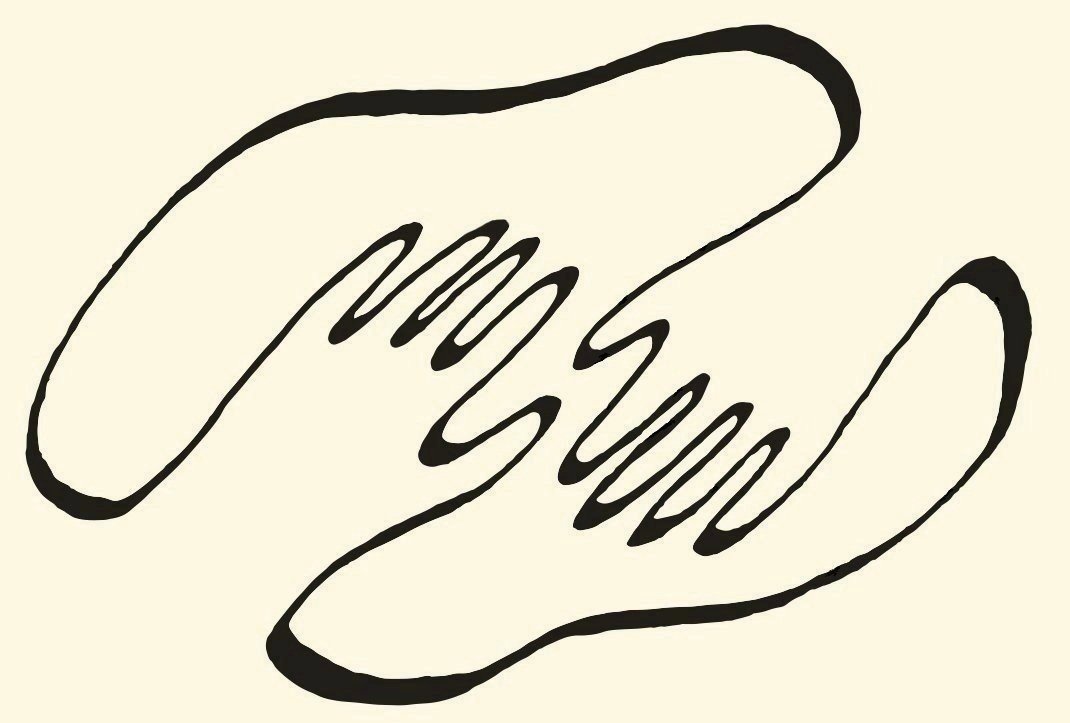The French Way
If the French are a proud people, it is in large part because of their food, a time-tested cuisine that is the most revered in Europe if not the world. Spend a month amongst them and you will inevitably be presented cheese after dinner on numerous occasions—and, should you try to slice the selection of cheeses yourself, you will inevitably be assured that there is a right or wrong way to do it. Everyone, according to French methodology, needs a portion of the center of the cheese and the rind. Just as with the rights and wrongs of slicing cheese, there is a proper order of courses for any meal, a proper wine to pair with it, a proper way to enjoy the ubiquitous bread (ripped apart with your hands and enjoyed with the first and main courses, the torn and half-consumed slices left on the tablecloth in between bites). There is–and if you’d like to fit in in the country, you better learn it–a French way.
***
The reverence for this sort of thing across the Western world, or perhaps the preference for French methodology in Western cooking, has long frustrated me. Culinary school students in the States and elsewhere are generally taught French fundamentals above all else, a seemingly rigid set of definitions and rules for sauces, stocks, and more. These become the basics that graduating cooks take with them into their careers; I’ve worked at too many non-French places that are using French techniques to craft food that is Mediterranean, Mexican, and more.
Never having been to culinary school, I’ve sought out other forms and styles of cooking, as if to attempt to balance the ledger a bit in terms of what cuisines are admired and learned from. So on my first solo trip in France, I found myself stunned by the quality of the everyday meal. Three course lunches in Lyon that lingered for hours and left you not feeling heavy but refreshed; graceful Burgundian Chardonnays that were a bit more classic than modern trends would like to admit, with a little bit of oak coming through but not enough to weigh them down; Comte and other cheeses in Jura, layered and lingering, meant to be dwelled on.
Yes, layered and lingering–this seems to be a big part of what makes French food so special. It’s what demands a proper method of production and an equally proper method of enjoyment. Flavors unfold on the tongue slowly: wines want to show you their multitude of personalities in one sip, cheeses converse with you for a minute, bread takes your hand and asks you for a waltz. At its best, the food sparks something, provokes some reflection, a personal Ratatouille moment at every bite. And so this is what one learns in France: to be brought into the moment.
But the larger point I want to make here is that the French don’t own this euphoria. It seems to me, in fact, to be an altogether Western and patriarchal claim that the perfectionism of French food trumps any other cuisine, that the rigor of the methodology is what sets their food apart. Even if we are past the point as a food culture at large where we think of French food as the one gold standard, there is still often a sentiment that French technique brings out the best flavor, or that French foods deserve to be lingered over while other “simpler” cuisines are more easy-going, more fun, but by the same token, hold less gravity.
They don’t own the rigor, for one: Vietnamese Pho, Mexican moles, and most anything Japanese come to mind as time-honored traditions. But more than that, the ideas of the French-focused culinary school can lose sight of both the joy and sacred nature of food across the world: food as sustenance, food as medicine, food as joy. Lyon proved to be my favorite city to eat French food in because the city’s food is more laid-back, more simple in presentation even if so much thought goes into it. It’s everyday food; it's humble at the same time that it is proud. Paul Bucose was from here, Alain Passard is from Brittany, Michel Bras is from the small town of Gabriac; I’d like to think that it’s because these chefs grew up with the honest, nourishing food of their hometowns that they were able to have the perspective to fundamentally change the rules of French cooking from within.
***
I worked for a time at what was once the trendiest new restaurant in Minneapolis, a Mexican place with Korean influences. We applied French technique to many of the dishes, sweating onion and garlic before adding beans or grains to the pot or concentrating stocks to use in various dishes. Someone on our morning prep team would always have to cook family meal, the meal the cooks themselves eat before dinner service, and I was always most excited when the one Mexican woman on our team would cook for us. She would cook Mexican food. My sous chef and I watched in awe one day as she boiled chicken for a tinga far longer than we thought possible, taking it past the tender stage to a tougher stage, because only then would it be cooked long enough to begin to break down and tenderize once more, absorbing all the flavors and moisture of the liquid it was cooking in. I lingered over that family meal, taking in the first layer of acidity from the tinga, then the amazing creaminess of the chicken itself, then the lingering spice and smoke on the tongue. I went back for seconds.
